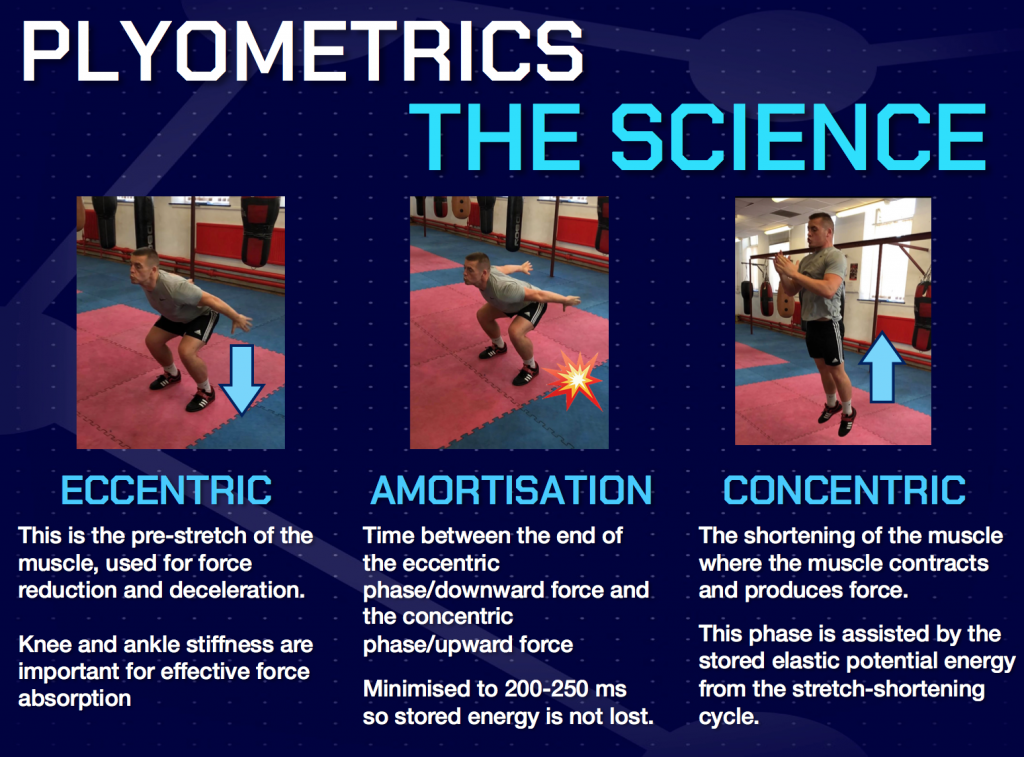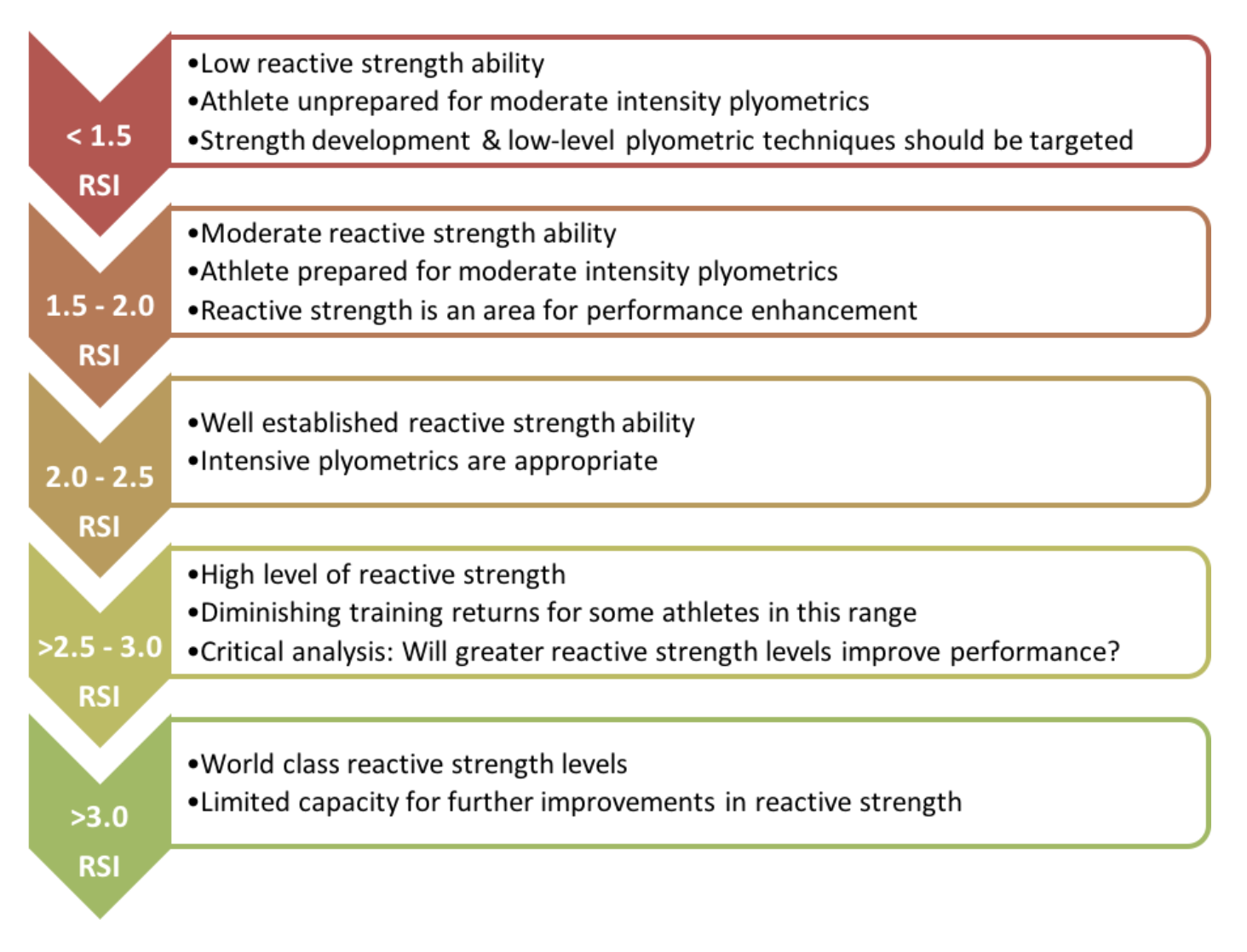
Introduction
At Physio Tullamore we aim to assess an athletes plyometric abilitiy. Firstly its important we understand and describe what Plyometrics are. Often referred to as "jump training," it is a form of exercise that focuses on developing explosive power and enhancing athletic performance. The Reactive Strength Index (RSI) is a crucial metric used to evaluate an athlete's ability to generate power quickly during plyometric movements. This essay will delve into the stages of plyometrics and the significance of the Reactive Strength Index in assessing an athlete's explosiveness and overall performance.
I. Understanding Plyometrics
Plyometrics is a training method designed to enhance an athlete's ability to produce powerful movements through the quick, eccentric-concentric muscle contractions. These contractions enable individuals to generate maximum force in minimal time. Plyometric exercises typically involve activities such as jumping, bounding, and hopping, all of which are intended to improve the body's explosive strength and reactive capabilities. The training can be broken down into three distinct stages:

II. The Role of the Reactive Strength Index (RSI)
The Reactive Strength Index (RSI) is beneficial for several reasons in the context of sports performance and athletic training: At Physio
Tullamore we use jump data from our force decks to test your springyness! We use the following scale so we can guide your rehab or
performance;

It's important to note that while RSI can be a valuable tool, it should be used in conjunction with other assessments and considerations in sports science and athletic training. Additionally, the specific test protocols and interpretations of RSI values may vary depending on the sport and individual athlete's goals and needs.
It's crucial to individualize plyometric training programs based on the athlete's specific needs and goals. Additionally, plyometric training should be incorporated alongside a comprehensive sprint training program that includes speed work, strength training, and flexibility exercises to maximize overall performance and minimize the risk of injury. Consulting with a qualified coach or sports trainer is highly recommended to create a personalized plyometric training plan for sprinters.
Conclusion
In summary, plyometrics is a training method that enhances an athlete's explosive power through specific phases of muscle contractions. The Reactive Strength Index (RSI) serves as a valuable tool for assessing an athlete's ability to generate force quickly during plyometric movements. Understanding the stages of plyometrics and the significance of RSI can aid coaches and athletes in optimizing training programs, improving performance, and reducing the risk of injuries, ultimately leading to better athletic outcomes.
For more information or to have your RSI calculated drop us an email or book online www.physiotullamore.com/book-online